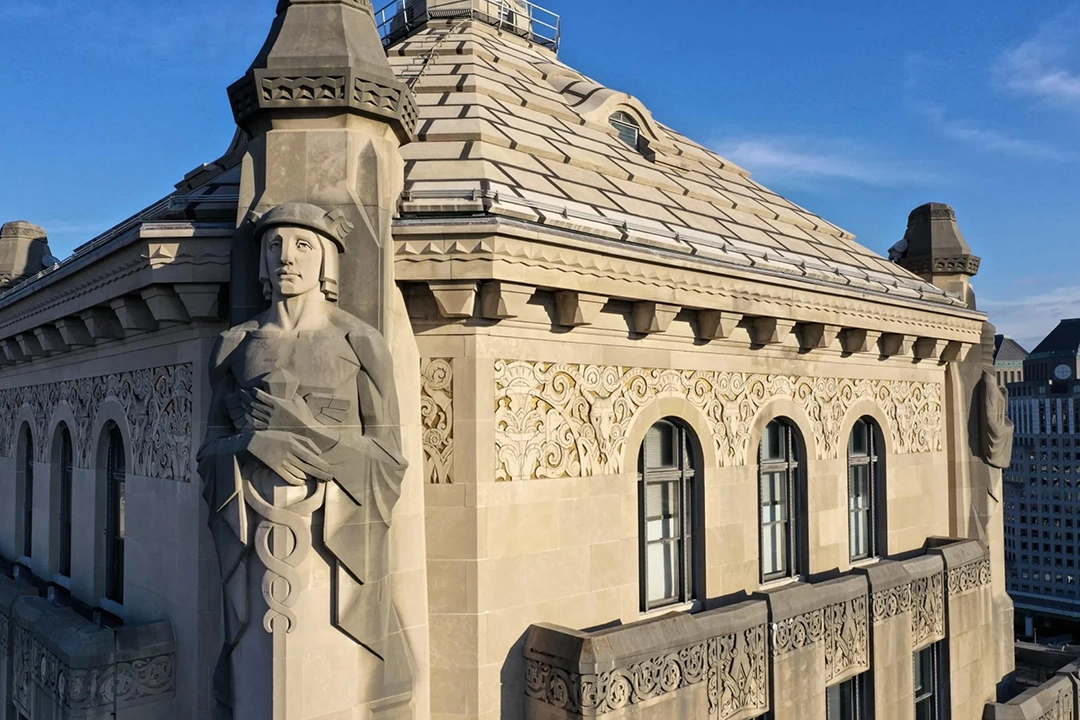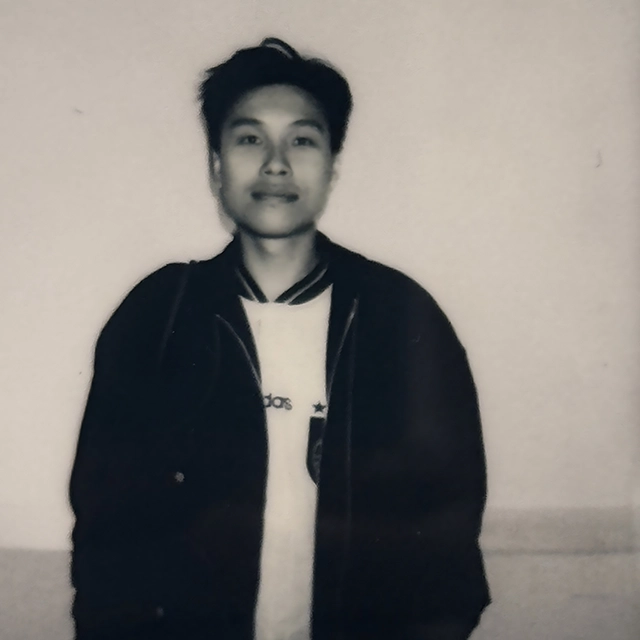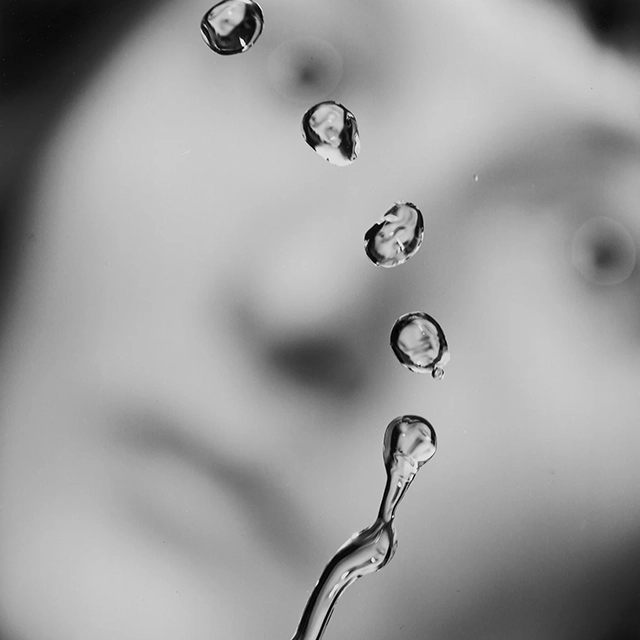
THE
ANNEX
NEWS





Photographs by J. Miles Wolf

Cincinnati and Suburban Telephone Company Building
Designed by Harry Hake, this 1931 building featured decorative architectural elements in an Art Deco style that show themes related to communications and industrialization. The building is in downtown Cincinnati at 209 W. Seventh Street and is not open to the public. It is currently home to Cincinnati Bell offices. The Cincinnati & Suburban Bell Telephone Company headquarters was listed in the National Register of Historic Places on April 20th, 1995.
The Gallery will host a one-day pop-up to support Ukrainian refugees. The event will feature works for sale by Brad Smith—who visited Kharkiv in 1992 as part of the Cincinnati–Kharkiv Sister City project—and also display his carefully assembled collection of prints by Ukrainian photographers. All proceeds and attention from this showcase aim to foster solidarity and offer tangible aid to those impacted by the conflict.
J. Miles Wolf, in collaboration with the Cincinnati Preservation Association and FotoFocus, presents at The Annex Gallery an ambitious photographic survey of Cincinnati’s Art Deco heritage. Bringing together more than one hundred works, the exhibition situates the city within the broader narrative of early twentieth-century modernity, highlighting a corpus of architecture that remains both materially impressive and symbolically resonant. Installed at 1310 Pendleton Street, adjacent to the Pendleton Arts Center, the project unfolds as an extended meditation on the ornamental vocabularies and spatial ideals that defined the 1920s through the 1940s.
The presentation encompasses large-scale color prints, supported by carefully considered texts and captions, that return to the luminous geometries, the rhythmic repetitions, and the artisan collaboration that were integral to the style. For Beth Johnson, Executive Director of the CPA, these photographs disclose “amazingly stunning examples of Art Deco architecture,” while for Wolf, it is “the art of Art Deco” itself—the convergence of architectural ambition with artisanal craft—that compels his repeated return to these structures. His practice demonstrates that such buildings are not inert remnants but complex signifiers of an urban modernity that continues to inflect Cincinnati’s cultural identity.
Wolf’s approach is notable for its technical range. Employing large-format film, high-resolution digital capture, long telephoto perspectives, and the expanded view afforded by drone photography, he dissects and reconstitutes the city’s landmarks from vantage points both intimate and elevated. This methodological plurality produces images that exceed documentary function; they re-articulate familiar monuments through lenses that isolate detail, dramatize ornament, and recover the architectural imagination embedded within facades and interiors.
Within this corpus, iconic sites such as the Union Terminal, the Carew Tower, and the Cincinnati and Suburban Telephone Building acquire renewed visibility. The Union Terminal, completed in 1933 and long recognized as one of the finest examples of American Art Deco, reveals in Wolf’s lens the continuity between monumental civic space and ornamental detail. The Carew Tower, a 49-story skyscraper from 1931, embodies the ambition of Cincinnati’s interwar skyline, while the more modest but equally eloquent Telephone Building demonstrates how infrastructure could be inscribed with symbolic reliefs, merging function and aesthetic invention. Even utilitarian structures, such as the Ida Street Viaduct (1931), emerge here as carriers of an aesthetic ideology that permeated beyond monumental commissions.
In assembling this material, the exhibition does more than celebrate Cincinnati’s architectural patrimony; it provokes reflection on the cultural logic of Art Deco itself—its alignment with optimism, technological progress, and the articulation of civic identity. Wolf’s photographs, in their precision and aesthetic sensitivity, offer a form of preservation that is not archival but experiential. They re-engage the viewer with a cityscape whose details are often overlooked, insisting that the stylistic language of the period remains integral to the narrative of place, memory, and the visual imagination of modernity.
The exhibition will open Wednesday, July 13 and run through August 27. The gallery is open Wednesday through Saturday from Noon to 5pm. The exhibition is free.
“Cincinnati has amazingly stunning examples of Art Deco Architecture. In this photography exhibit, J. Miles Wolf artfully captures the craftsmanship and exquisite details that define this style.”
–Beth Johnson, CPA Executive Director
“The art of art Deco is what keeps me coming back. I love the way architects worked with artisans to bring a unique style and message to each of their buildings. I am drawn to these details that give the building character. Through various photographic techniques include large format film, high-res digital capture, long telephoto lens, and the use of drone cameras, I have been able to capture unique views of these amazing building.”
–J. Miles Wolf, 2022
Time
WEDNESDAY, JULY 13, 2022
12 PM – 5 PM
Location
The Annex Gallery
1310 Pendleton Street
Cincinnati Ohio
45205









Philately was one of the small devotions of my childhood. I inherited hundreds of stamps from my father. I could never say whether he collected them himself or simply bought them for my brother and me. Among all of them, one in particular held my gaze with disproportionate insistence: a reproduction of The Sleeping Gypsy, the 1897 painting by Henri Rousseau that I finally saw years later at the MoMA.



Staged Self-Portraits, Erased Histories and the Recasting of the American Dream

The first solo exhibition of young photographer Mark Duc Nguyen